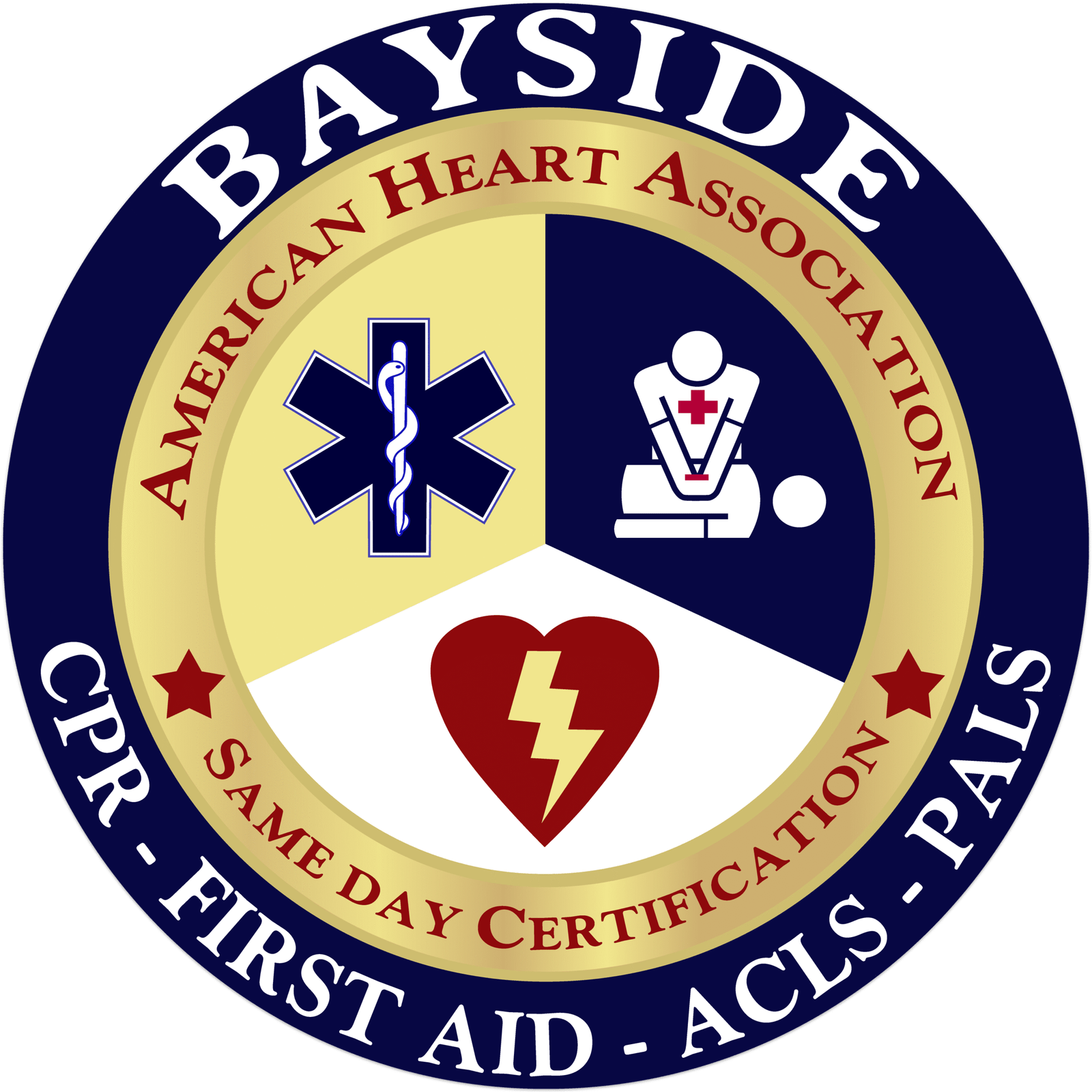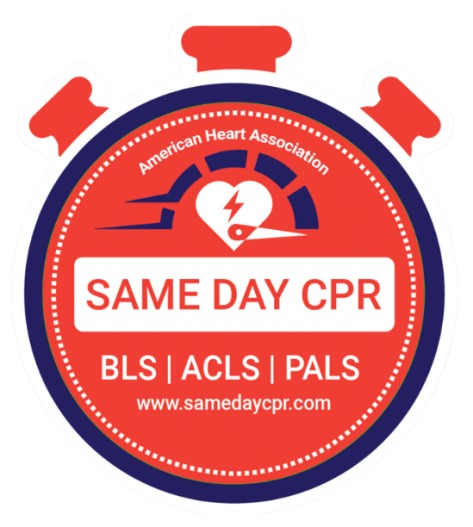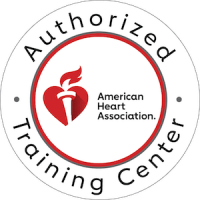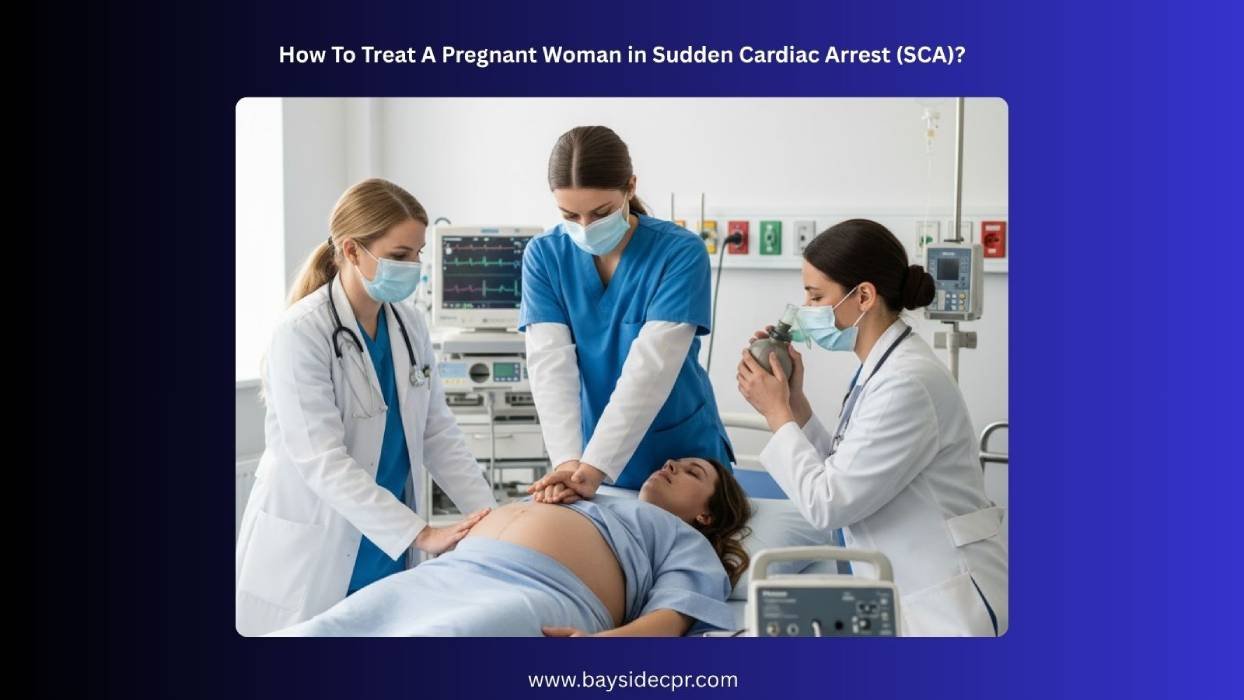
Category Archives: Guide

How To Treat A Pregnant Woman in Sudden Cardiac Arrest (SCA)?
Sudden cardiac arrest, or SCA, happens when the heart suddenly stops beating, and blood stops flowing to the body and brain. During SCA, a person can collapse, lose consciousness, and stop breathing almost immediately. While it is rare in pregnant wo...
Read More ›
How to Perform CPR for Electrocution Victims?
When someone gets electrocuted, it can be scary and overwhelming, but responding quickly can make a huge difference. Electricity can stop the heart, affect breathing, or cause serious injuries in seconds. First, keep yourself safe by ensuring the pow...
Read More ›
When Do You Stop Pushing on the Victim’s Chest During Hands-Only...
When someone suddenly collapses and stops breathing, it can feel overwhelming, but knowing what to do can make all the difference. Hands-only CPR is a simple, life-saving method that uses chest compressions without breaths to keep blood flowing to th...
Read More ›
Cardiac Massage: A Complete Guide to Life-Saving Techniques
When a person’s heart suddenly stops, every second counts. Cardiac massage, or manual chest compressions, is a vital skill that can keep someone alive until professional help arrives. Many believe saving a life is only for doctors, but anyone can m...
Read More ›
What Is the Preferred Method for Pulse Check in an Infant?
Knowing how to check an infant’s pulse can make a life-saving difference. An infant’s heartbeat, like an adult’s, shows how their body is working, but it is usually faster and can change quickly. Because babies are small and delicate, they need...
Read More ›
What Is the Target Rate for Chest Compressions for Children?
When performing CPR on a child, knowing the right speed for chest compressions is very important. The goal is to keep the blood moving through the body until the heart can work on its own again. If compressions are too slow, the body does not get eno...
Read More ›Christmas &
New Year Offer
Select CPR courses with code Holiday25
*Expires on January 2nd


